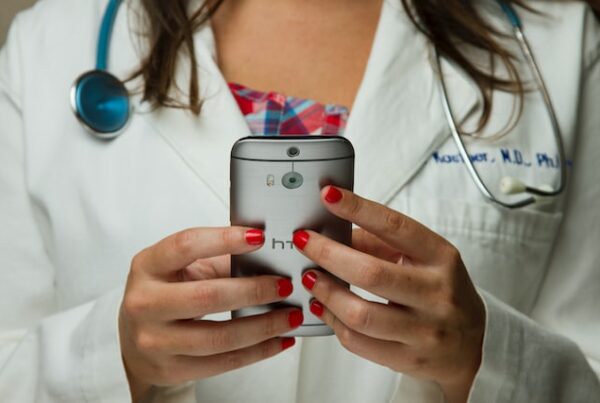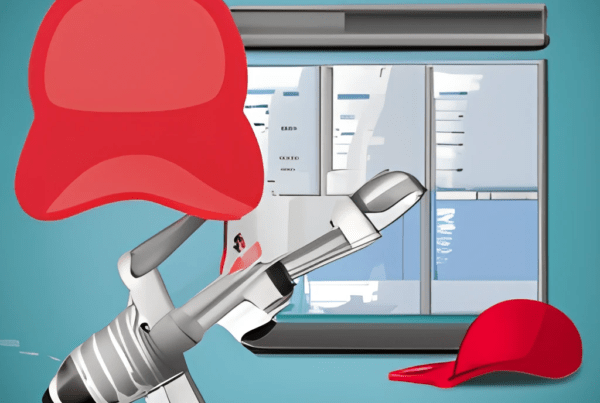6 Ways Text Messaging Improves Site-Less Clinical Trials
There has been a lot of talk about the concept of “site-less” clinical trials (also known as direct-to-patient, patient-centric, remote and virtual trials), clinical studies that take place remotely rather than at a clinical site. Normally, participants come to a specified clinical site to coordinate care, protocol, and adherence with study staff. In site-less studies, all of these activities are carried out remotely. In-person site visits are often replaced by video services or other forms of communication, verbal protocol is delivered and tracked electronically, and surveys are taken via data collection applications. The benefits are considerable:
- Studies become available to a wider geographic area, allowing access to a broader and more diverse cross-section of society.
- The cost of running a trial is reduced for both subjects and sponsors.
- Studies can progress more rapidly by eliminating the need for on-site study visits.
- Data quality is improved by collecting information from subjects in their own environment (the “real word” so to speak) rather than at a study site.
- Added convenience for subjects.
“Collecting clinical trial real-world data in a home setting can give sponsors and study managers visibility and assurance around Good Clinical Practice in ways that were not previously possible.” – Incorporating Site-Less Clinical Trials Into Drug Development: A Framework for Action
Site-less studies are an extension of the trend toward telemedicine in healthcare and as with telemedicine, site-less studies typically require some sort of visit to an office, clinic, or lab. Occasional visits to pre-approved providers may be incorporated for blood draws, collection of baseline stats or closeout testing. Most of these types of visits can be coordinated to places in close proximity to the patient.
Key to the success of site-less research is maintaining patient privacy, building relationships between participants and study staff remotely and ensuring patient safety and compliance. Each subject needs a clear point-of-contact to ensure the success of the trial.
The use of text messaging in clinical research has been shown to improve enrollment, retention, visit attendance, adherence, and overall study compliance in current clinical trial settings. As the landscape of clinical research changes, so do the applications of text messaging software. Can text messaging be just as effective for site-less trials? Short answer: Absolutely, yes.
Text messaging enhances site-less trials
Improved Recruitment Efforts
In the case of site-less trials, the possible net of participants increases significantly. No longer is it necessary for patients to live in close proximity to a clinic in order to be a part of a study. Text message alerts aid in the remote recruitment process by helping researchers reach out to and get responses from interested patients, showing a 5x better response rate than study recruitment emails. Text messages can be sent to reach a wide group of individuals, or target certain groups based on study needs. Consider that most people keep their mobile device within arm’s reach 24/7. With email accounts overrun with spam and phone calls that increasingly go straight to voicemail, why lose out on potential study participants to inferior methods of communication?
Increased Retention through Building and Maintaining Relationships
A clinical trial is a big patient (and/or caregiver) investment from physical, mental, and emotional health standpoints. Texting gives study coordinators plenty of opportunity to create an engaging and positive study experience for participants, despite lack of in-person visitation. Text messaging enables researchers to send participants an automated message to show how much they appreciate their cooperation and participation in the advancement of healthcare. Keep participants informed about study goals and changes in real-time, with the ability to have them respond back as-needed. Texting tips timed out according to study specifications keeps participants motivated and on the right track. Patients can be sent gift codes and rewards for completing surveys or confirming compliance.
Enhanced Study Adherence and Compliance
Compliance will always be an issue in clinical research…Patients adherent to study protocols assist in the overall goals of reliable data and keeping costs low. Maintaining compliance in a site-less study comes with its own inherent challenges. The use of texting messaging software truly becomes innovative when considering the potential positive effects on participant adherence to study protocol.
SMS messaging software provides the opportunity to send medication reminders, alerts, and “nudges” for desired actions. Patients can be sent a simple reminder to take a medication and even confirm dosing compliance with response text. Text alerts can be sent out to whole study groups to alert participants of any important changes in dosing or device use based on the study timeline.
Text reminders have been shown to improve study efficacy and compliance. In this study, researchers showed higher medication adherence rates in those who received SMS texts versus those who didn’t (p<0.001). Not only that, a highly significant positive effect on health outcome specific to this particular study (heart functionality) was seen.
Better than Phone Calls and Email
For remote trials, great communication is key. Statistics show that phone calls and email may not be the most effective way to reach study participants: 23% of calls go to voicemail and 30% of voicemails linger for 3 days or more unheard.
Emails don’t fare much better: only 22% of emails are ever read, most likely because 90% of emails are spam.
On the other hand, 98% of text messages are read and 90% of text messages are opened within 3 minutes. This holds true for older subjects who utilize SMS messaging as well.
Lower Barrier to Entry
Teaching participants how to use unfamiliar technology at the beginning of a study, like a smartphone and correlating apps, can be challenging. Study apps are usually simple in design and function, but they rely on the participant to remember to use them and to do so effectively.
Heavy reliance on apps assume that all study patients have a smartphone or that they get comfortable using a provisioned device. Text messaging is available on95% of all mobile phones, is simple to use, affordable, and patients don’t need a smartphone or data plan to use it.
Improving Patient Safety
In healthcare and clinical research, patient safety always comes first. It’s important to be able to follow up with staff in regards to side effects, adverse events, dosage and correct use of device. Texting immediately makes study staff accessible should the participant, their health care provider, or family need a quick point of contact in the study. When enrolled in a site-less trial, efficient communication between study staff and participant becomes even more important. Text messaging is the most convenient and efficient method of communication for both patient and study staff.
As more site-less clinical trials become a reality, text messaging will continue to be the best mobile technology to efficiently engage, retain, and communicate with clinical trial patients.
Learn how text messaging can help you improve patient engagement in your clinical studies. View our capabilities or contact us today for a quote.








